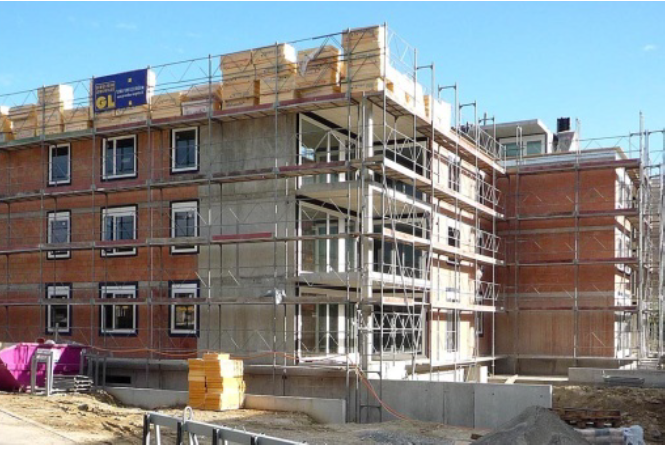1 Ph.D. student, Ecole Polytechnique Fédérale de Lausanne (EPFL), Switzerland, alessandro.paparo@epfl.ch
2 Professor, Ecole Polytechnique Fédérale de Lausanne (EPFL), Switzerland, katrin.beyer@epfl.ch
ABSTRACT
In several seismic countries, residential buildings are constructed using both reinforced concrete (RC) and unreinforced masonry (URM) walls. Despite their popularity, there is a general lack of knowledge concerning the seismic behaviour of such mixed systems and they are often designed using oversimplified assumptions. For this reason, a research programme was initiated at the EPFL with the objective to contribute to the understanding of the seismic behaviour of such structures. This paper focuses on a quasi-static cyclic test of a mixed structure. The specimen is a two-third scale model and is composed of a two-storey RC wall coupled to a two-storey URM wall by means of RC beams at each floor. The horizontal forces are applied at the two floor levels. The axial load applied to the URM wall was chosen in order to cause a shear failure in the URM wall. A particular test set-up allowed the measurements of the reaction forces (axial force, shear force and bending moment) at the base of the URM wall. From the applied horizontal and vertical loads the reactions at the base of the RC wall were deducted. In such a way it was possible to back-calculate the distribution and re-distribution of the external forces between the two walls. The article describes the choice of a test unit representing a reference four-storey four-wall mixed structure, the test unit, the test set-up and selected test results like the distribution of the reaction forces at the base of the two walls.
KEYWORDS: seismic behaviour, mixed RC-URM wall structures, quasi-static cyclic tests
307.pdf



